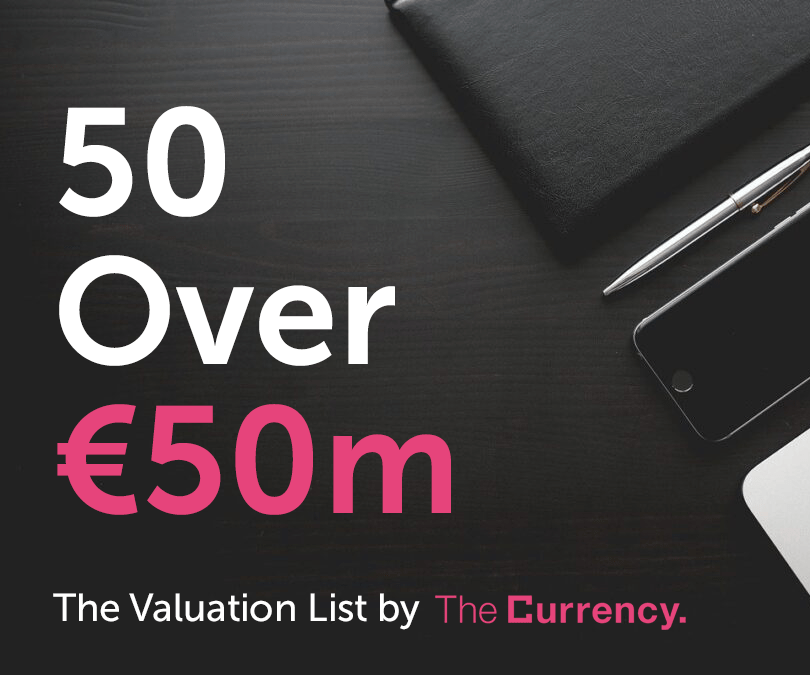By one way of looking at things, Irish business is dominated by a handful of giant companies: CRH, Flutter, Kerry, Ryanair, Kingspan, ICON, Smurfit Kappa, DCC, Aercap, United Drug. These ten companies are worth almost as much as the entire Irish stock exchange, combined. But those businesses are not representative of what’s going on in Ireland. They make a small slice of their revenue at home. They happen to be Irish companies, but they’re operating at a global scale. Below the giant multinationals, and the publicly traded companies, there’s a thriving ecosystem of privately owned Irish companies. These companies are…
Cancel at any time. Are you already a member? Log in here.
Want to read the full story?
Unlock this article – and everything else on The Currency – with an annual membership and receive a free Samsonite Upscape suitcase, retailing at €235, delivered to your door.

